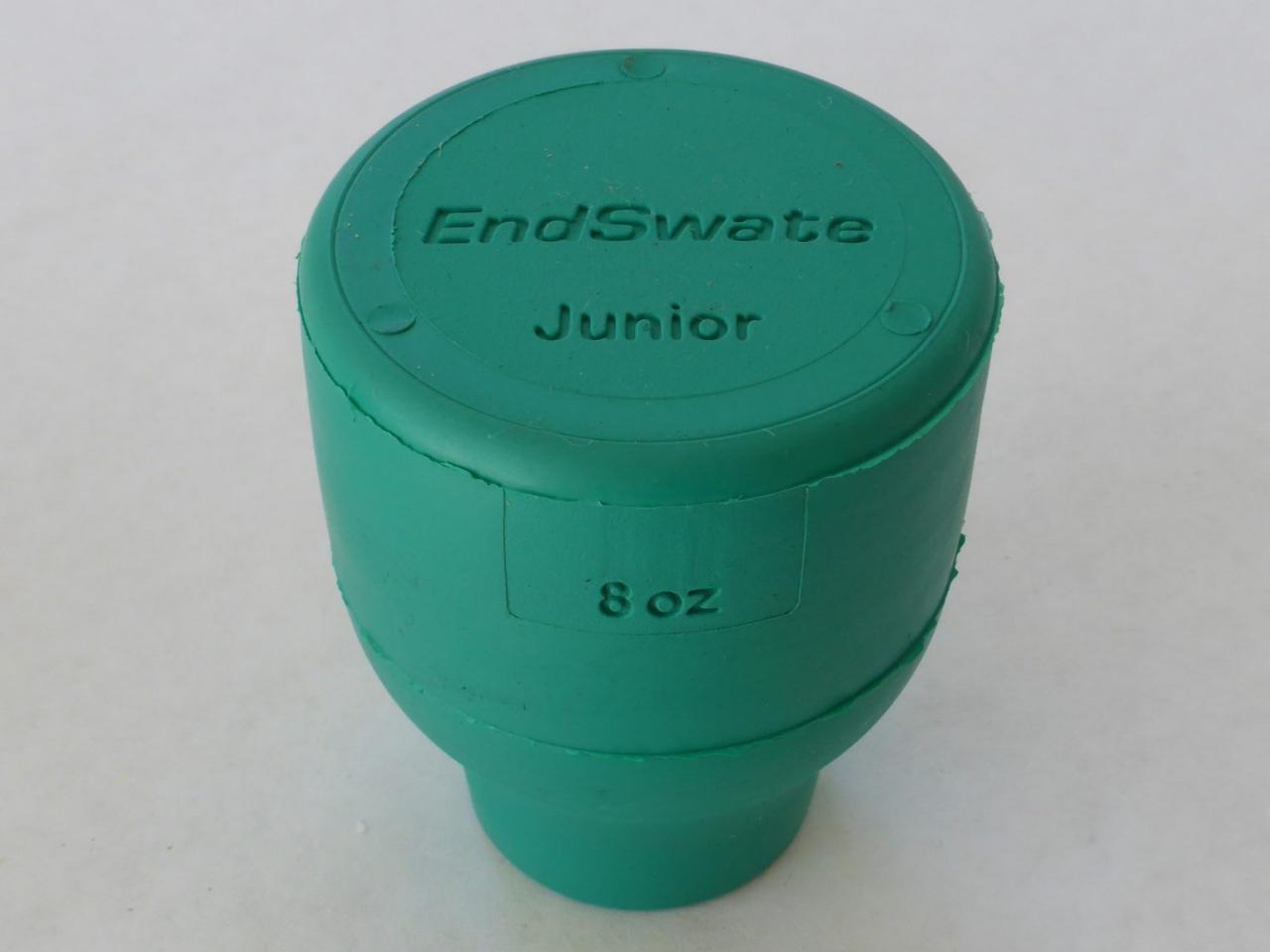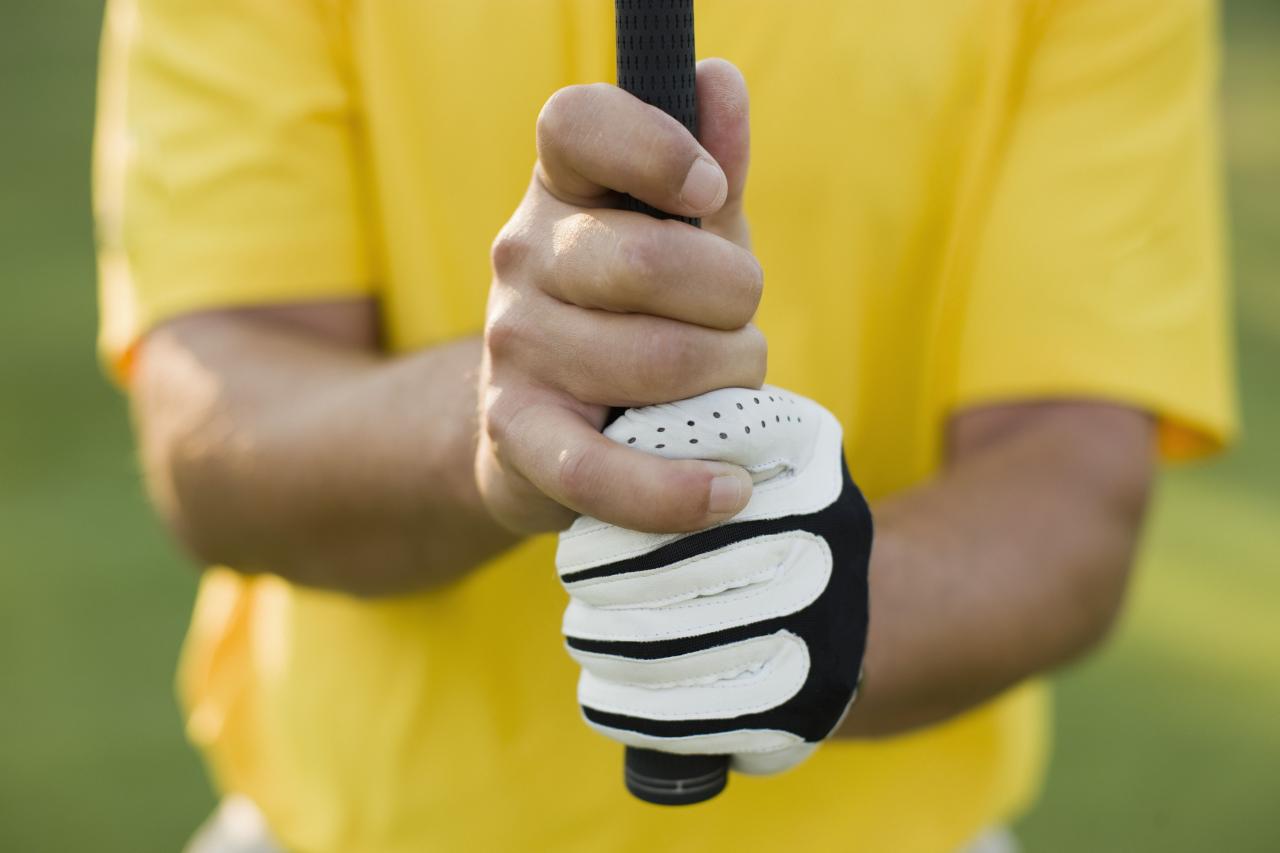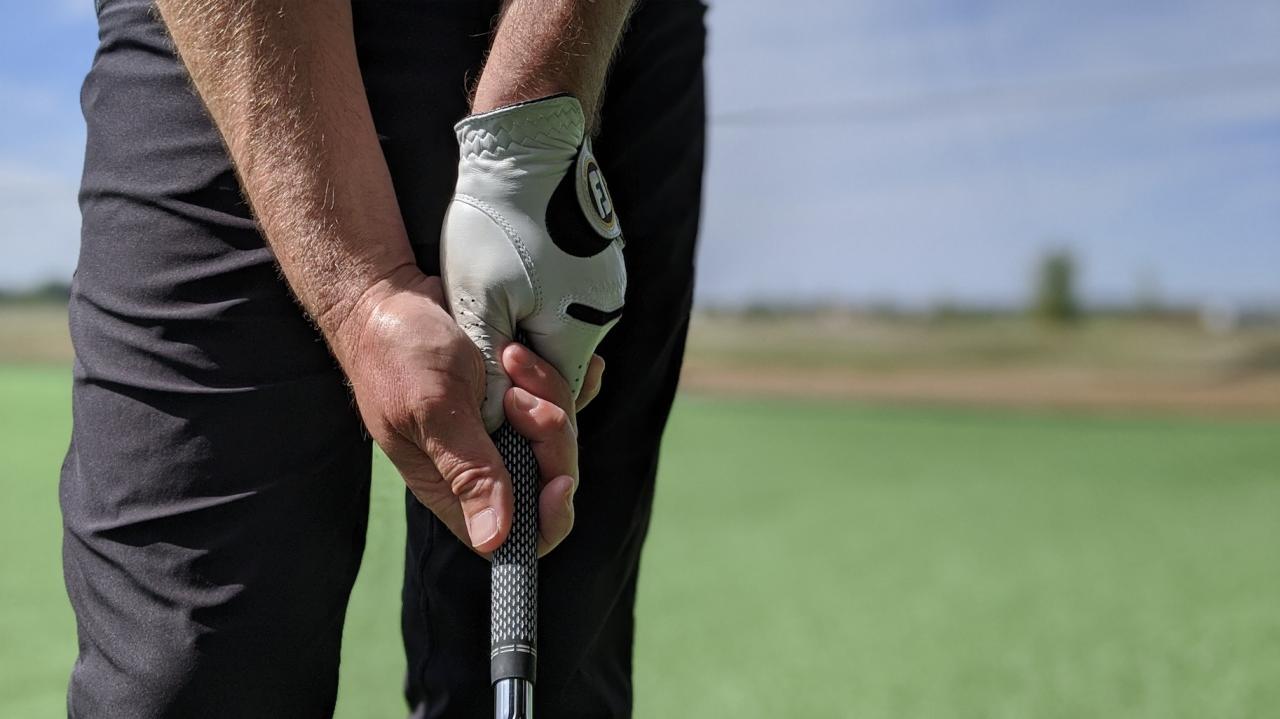Junior golf grips are more than just a way to hold a club; they are a crucial element in a young golfer’s development. Proper grip size and design can significantly impact a junior golfer’s performance, fostering good technique and encouraging a love for the game.
Unlike adults, young golfers are still developing their hand size and strength, making grip selection particularly important. This guide will explore the key considerations for junior golf grips, from understanding the different types to mastering proper grip techniques.
The right grip can make all the difference for a junior golfer. It can promote proper hand placement, leading to improved club control, accuracy, and ultimately, better scores. This guide will delve into the importance of proper grip size, the different types of grips available, and the techniques that can help junior golfers maximize their potential on the course.
Grip Techniques and Positioning

A proper grip is the foundation of a good golf swing. For junior golfers, mastering the correct grip techniques is crucial for developing a solid swing foundation and achieving consistent results. This section explores the essential elements of a proper grip, including hand placement, pressure, and how it impacts club control, accuracy, and power.
Hand Placement and Pressure
Hand placement and pressure are key aspects of a proper golf grip. The grip should allow for a natural and comfortable hand position, enabling the golfer to control the club effectively. The standard grip for right-handed golfers is the overlap grip, where the little finger of the left hand overlaps the index finger of the right hand.
This grip provides a balanced feel and allows for a more controlled swing. The interlock grip, where the little finger of the left hand interlocks with the index finger of the right hand, offers a stronger grip and is often preferred by players with smaller hands.The grip pressure should be firm but not too tight.
A light grip allows for a more relaxed swing, promoting better clubhead speed and accuracy. A tight grip, on the other hand, can lead to a tense swing, hindering power and control.
Grip Techniques and Club Control, Accuracy, and Power
The grip plays a significant role in club control, accuracy, and power. A proper grip allows for a more stable and consistent swing, leading to improved accuracy.
“The grip is the most important part of the golf swing. It’s the foundation of everything you do.”
Jack Nicklaus
A firm grip provides a better feel for the club and allows for more power, while a light grip promotes a more relaxed swing and improved accuracy.
Adjusting Grip Techniques for Different Shots, Junior golf grips
The grip can be adjusted slightly to suit different types of shots. For example, a stronger gripmay be used for draw shots, while a weaker gripmay be used for fade shots.
A strong grip is where the hands are rotated more to the left (for right-handed golfers), while a weak grip is where the hands are rotated more to the right.
Experimenting with different grip adjustments will help junior golfers find the best grip for each shot type and develop a more versatile game.
Maintaining and Replacing Grips
Junior golfers should pay attention to the condition of their grips. Proper grip maintenance ensures a comfortable and secure hold on the club, which can improve performance and reduce the risk of injuries.
Signs of Worn Grips
Worn grips can negatively impact a golfer’s performance. Several signs indicate a grip needs to be replaced.
- Loss of Tackiness:Grips lose their tackiness over time, making it difficult to maintain a secure grip. This can lead to slipping and poor shot control.
- Cracking or Splitting:Cracks or splits in the grip indicate deterioration and potential for tearing. These can cause discomfort and affect grip pressure.
- Change in Texture:Grips become smoother with use, leading to a loss of grip. This can impact shot accuracy and control.
- Discoloration:Discoloration on the grip surface indicates wear and tear. This can also be a sign of excessive sweat, which can damage the grip material.
Replacing Golf Grips
Replacing worn grips is essential for maintaining optimal performance. Here’s a step-by-step guide for replacing grips on junior golf clubs:
- Gather Supplies:You’ll need a grip removal tool, new grips, grip solvent, a club vise (optional), and a towel. A grip removal tool helps loosen the grip from the shaft, while grip solvent facilitates removal.
- Prepare the Club:Remove the head from the shaft, and secure the shaft in a club vise if available. This provides stability during grip removal and installation.
- Remove the Old Grip:Using the grip removal tool, carefully pry the grip off the shaft, starting at the bottom. Apply grip solvent to help loosen the grip if necessary.
- Clean the Shaft:Wipe the shaft clean with a towel to remove any residue from the old grip or solvent. Ensure the shaft is dry before installing the new grip.
- Install the New Grip:Apply a thin layer of grip solvent to the shaft and the inside of the new grip. Carefully slide the new grip onto the shaft, ensuring it’s straight and even. You can use a grip tool to help position the grip correctly.
- Secure the Grip:Allow the grip solvent to dry completely. This will secure the grip to the shaft. You can also use a grip tape to reinforce the grip and prevent slippage.
Impact of Junior Golf Grips on Performance

The right grip is fundamental for junior golfers, as it impacts their ability to control the club, generate power, and achieve consistent accuracy. Grip size, fit, and technique are crucial factors influencing performance, and proper grip selection can lead to significant improvements in all aspects of their game.
Grip Size and Fit
Grip size plays a critical role in a junior golfer’s ability to control the club. A grip that is too large will cause the junior to grip the club too tightly, resulting in a tense swing and reduced clubhead speed.
Conversely, a grip that is too small can lead to a weak grip and loss of control. A proper grip fit allows the junior to hold the club comfortably and securely, enabling a smooth and powerful swing. The ideal grip size should allow the junior to comfortably wrap their fingers around the grip, with their pinky finger extending just beyond the grip.
- Grip Strength:A grip that is too large can force the junior to grip the club too tightly, leading to tension in the hands and arms. This tension can negatively impact clubhead speed and accuracy.
- Club Control:A grip that is too small can result in a weak grip, making it difficult for the junior to maintain control of the club throughout the swing. This can lead to inconsistent shots and difficulty with distance control.
- Swing Plane:An improper grip size can affect the swing plane, leading to inconsistencies in shot direction and distance.
Recommendations and Resources

Choosing the right junior golf grips can significantly impact a young golfer’s development and enjoyment of the game. This section provides recommendations and resources to help parents and coaches make informed decisions.
Comparing Junior Golf Grip Brands and Models
This table compares popular junior golf grip brands and models, highlighting their features, benefits, and pricing. | Brand | Model | Features | Benefits | Price ||—|—|—|—|—|| Golf Pride | Junior Wrap |
- Soft, comfortable material
- Smaller diameter for smaller hands
- Available in various colors
|
- Improved grip control and feel
- Enhanced comfort for extended play
- Appealing to younger golfers
| $ || Winn | Dri-Tac Junior |
- Tacky, moisture-wicking surface
- Reduced hand fatigue
- Durable construction
|
- Excellent grip in all weather conditions
- Enhanced control and stability
- Long-lasting performance
| $ || Lamkin | Junior Crossline |
- Textured surface for enhanced grip
- Durable, weather-resistant material
- Available in various colors and sizes
|
- Improved grip security and feel
- Protection against wear and tear
- Customization options for individual preferences
| $ |
Trusted Resources for Finding and Purchasing Junior Golf Grips
- Online Retailers:Amazon, Golf Galaxy, Dick’s Sporting Goods, and other reputable online retailers offer a wide selection of junior golf grips.
- Local Golf Shops:Visiting a local golf shop allows for personalized recommendations and expert advice from knowledgeable staff.
- Golf Grip Manufacturers:The websites of major golf grip manufacturers, such as Golf Pride, Winn, and Lamkin, provide detailed information about their products and where to purchase them.
Tips for Choosing the Right Grips for Junior Golfers
- Grip Size:The grip should fit comfortably in the child’s hands. Too large a grip can lead to improper grip pressure and tension, while too small a grip can result in slippage and loss of control.
- Grip Material:Soft, comfortable materials like rubber or synthetic materials are preferred for junior golfers. Tacky materials offer better grip in all weather conditions but may feel less comfortable for extended play.
- Grip Texture:Textured surfaces can enhance grip security and feel, but some children may find them uncomfortable. Consider choosing grips with a smooth or lightly textured surface for younger golfers.
- Color and Design:Bright colors and fun designs can make the grip more appealing to young golfers. Encourage them to choose a grip that they like, as this can boost their confidence and motivation.
- Professional Advice:Consult with a golf professional or experienced coach for personalized recommendations based on the child’s age, skill level, and hand size.
Query Resolution: Junior Golf Grips
What are the signs that a junior golfer needs a new grip?
Signs that a grip needs replacing include excessive wear, cracking, or a change in texture. A worn grip can affect a player’s grip and lead to inconsistent shots.
How often should junior golf grips be replaced?
Grips should be replaced every 6-12 months, depending on the frequency of play and the type of grip.
Can I use adult golf grips for a junior golfer?
It’s generally not recommended to use adult golf grips for junior golfers. The larger size can lead to improper grip technique and discomfort.
What are the benefits of using junior golf grips?
Junior golf grips are designed to provide a proper fit for smaller hands, promoting correct grip technique and leading to improved club control, accuracy, and distance.

